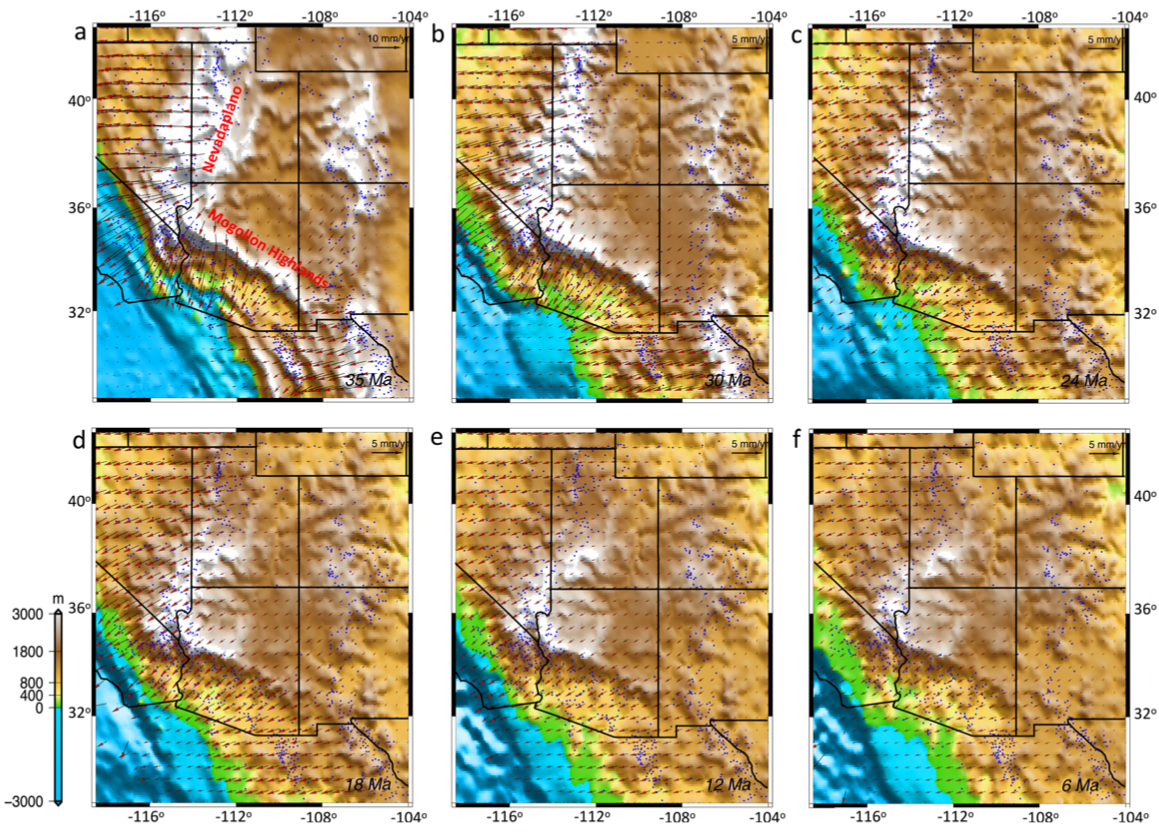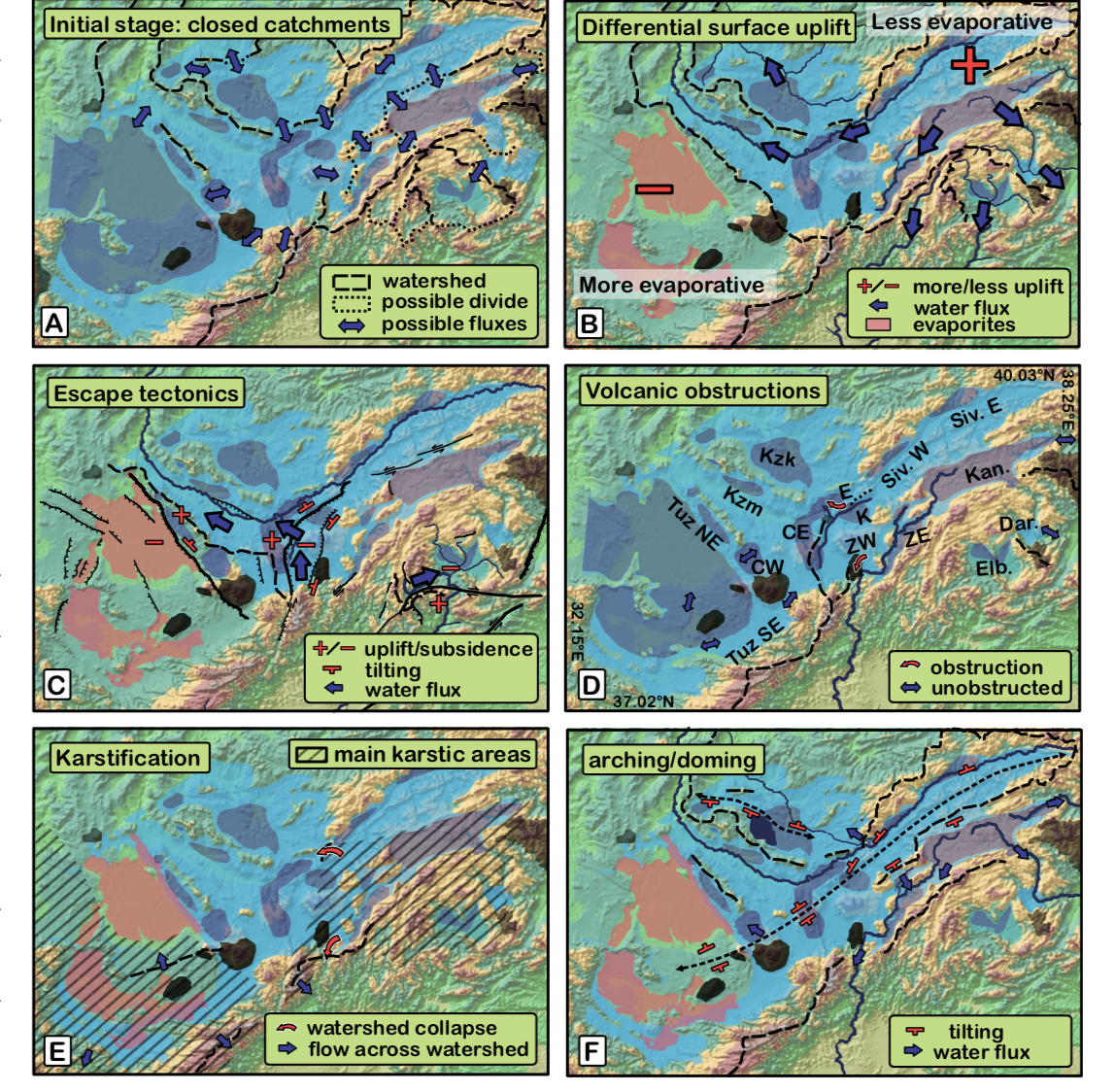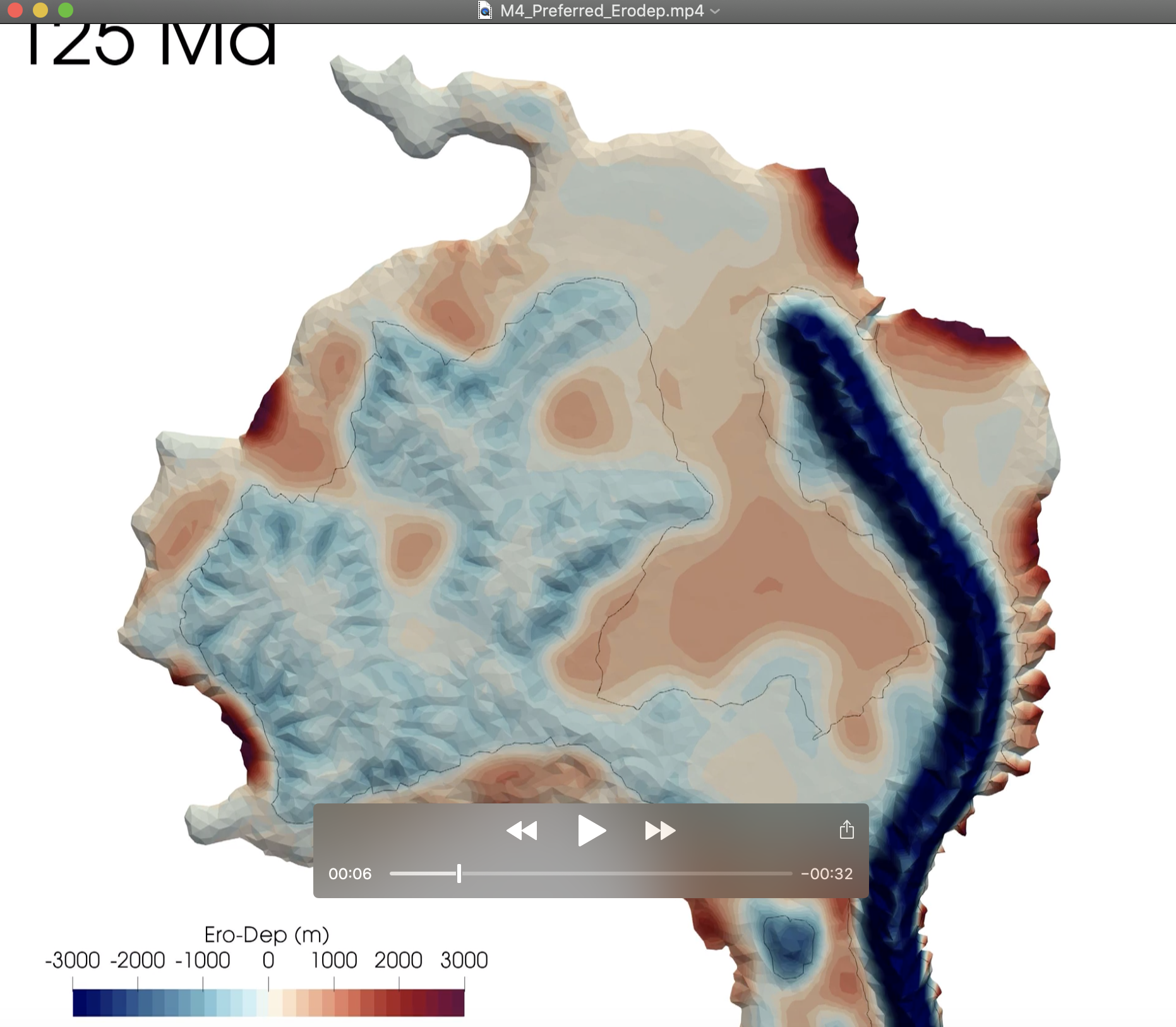Nature Communications: Coupled influence of tectonics, climate, and surface processes on landscape evolution in southwestern North America
The Cenozoic landscape evolution in southwestern North America is ascribed to crustal isostasy, dynamic topography, or lithosphere tectonics, but their relative contributions remain controversial. Here we reconstruct landscape history since the late Eocene by investigating the interplay between mantle convection, lithosphere dynamics, climate, and surface pro- cesses using fully coupled four-dimensional numerical models. Our quantified … Read more…



